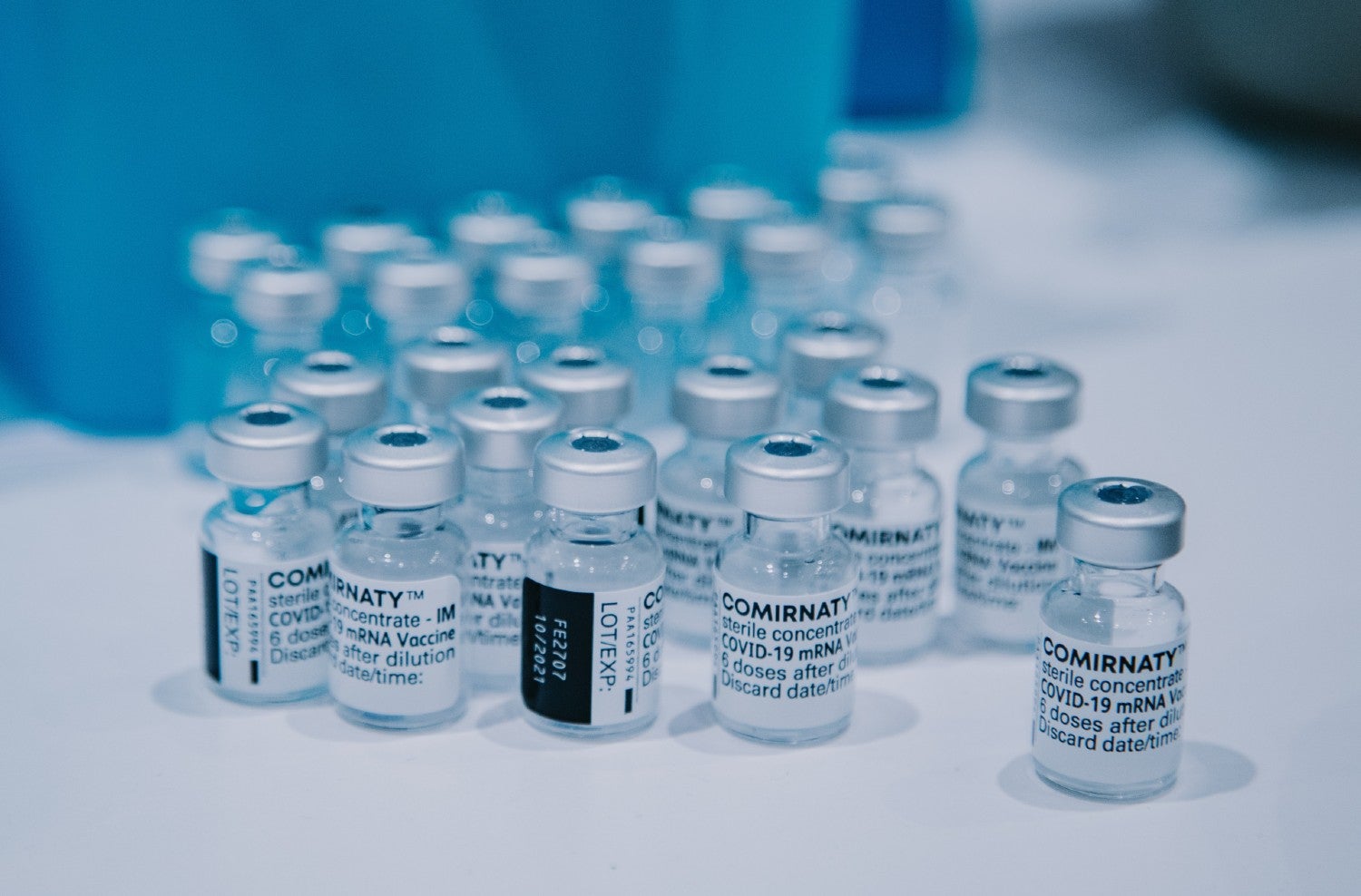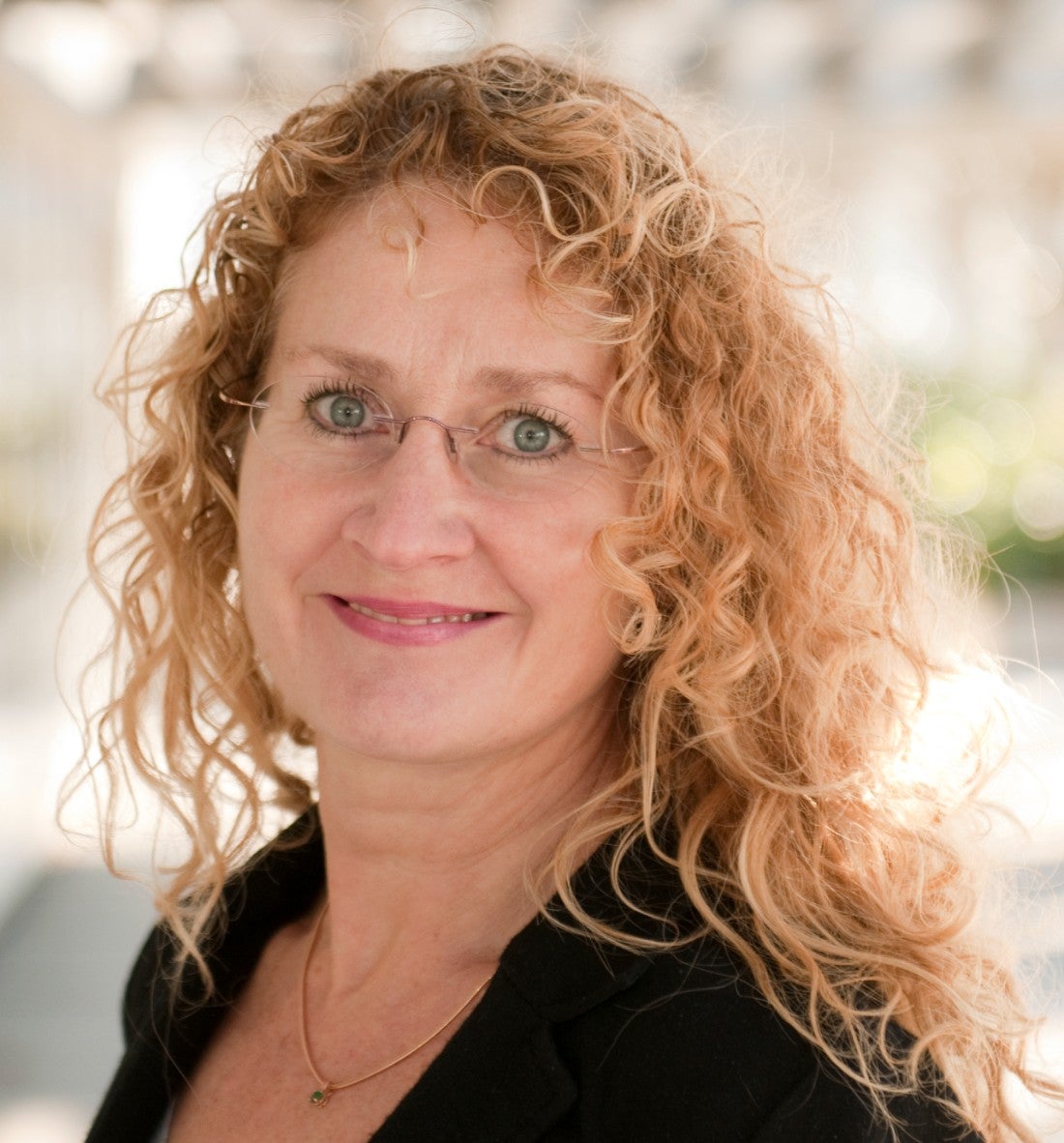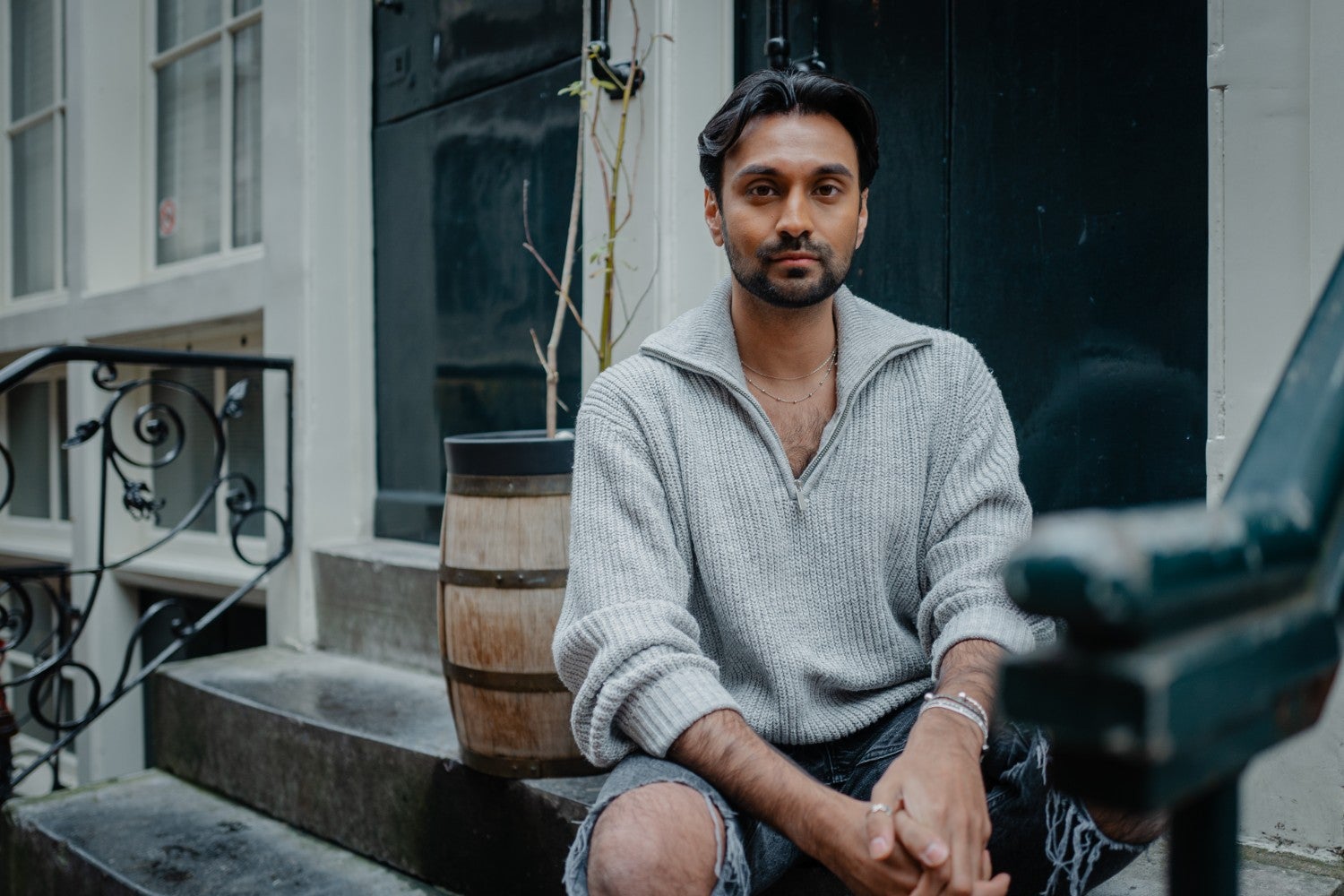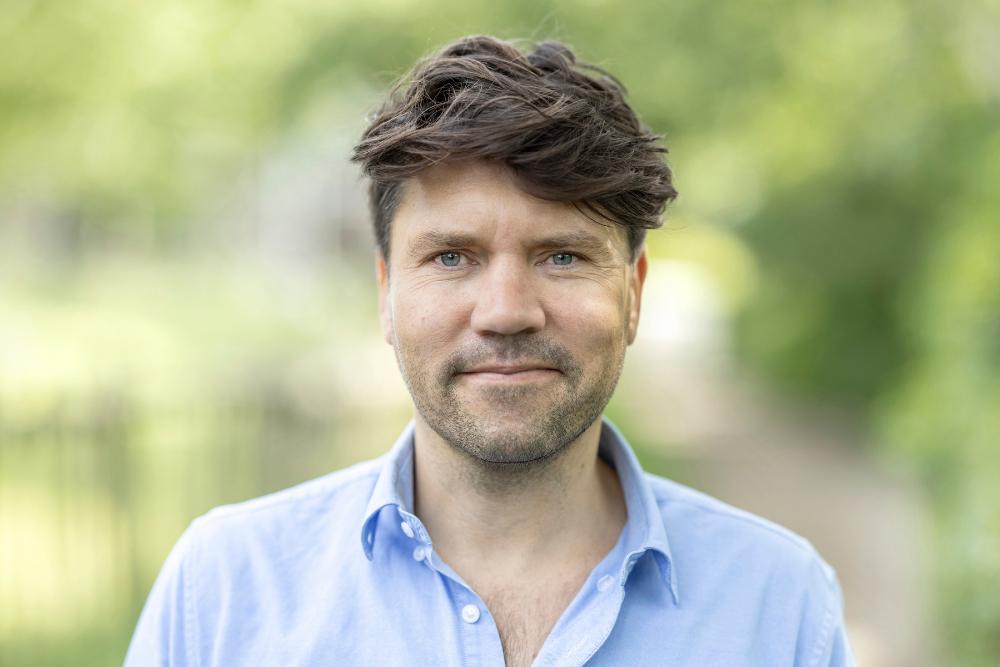Having your class assignment that turns into a national vaccination plan would be an unexpected outcome for most, to say the least! But it happened to Nina Malbasic, Tara Zver and three other students from the Business Analytics course at VU Amsterdam.
From class project to national vaccination strategy – how did that come about?
Nina: „It started out as a group assignment for the Business Analytics masters course. We developed a dashboard for a website based on mathematical models, showing the most effective way of vaccinating the population of the Netherlands. Our supervisor entered us into a competition – the TKI DINALOG challenge. Much to our amazement, we won first prize! Shortly afterwards we heard from the Municipal Health Service (GGD)."
What did they want?
Tara: „The GGD asked if we could help them by building a mathematical model to increase the efficiency of distributing vaccines across the various vaccination locations. Their central question was: how can we predict which people will get vaccinated, and where?"
How were you able to predict that?
Tara: „We had to bear a number of factors in mind while building the model. For example, we took into account distance and the number of sites that were to be opened, as well as the type of people living nearby. An older person who has to travel a long way and then wait in the cold before receiving their vaccine is probably going to be less willing to get vaccinated. Of course, there were new locations opening up every day that also had to be included in the model. We were continually responding to changes – in effect, we were building a bridge while we were crossing it."
What progress has been made due to your tool?
Tara: „Vaccines are being more effectively distributed across the different GGD vaccination locations. This means there’s a larger number of vaccines available for the Dutch population, which leads to a more rapid vaccination strategy. The vaccination rate between the various GGD sites has also been equalised."
What’s the next step?
Nina: „We hope that it won’t come to this of course, but our model can be used for other pandemics. It can also be used in the event of a third wave, or if a new vaccine is developed. We’re still consulting with the GGD, but we can also use the model for downscaling the locations."
Will we be hearing more from you all?
Tara: „Perhaps this will result in a new start-up. I think it would be great if we could use a variety of algorithms to solve other problems. In any case, it was quite an eye-opener to see how quickly we could create a bridge from our academic background to current issues. And now that the GGD has taken us seriously, we’re thinking: how far can we go?"








